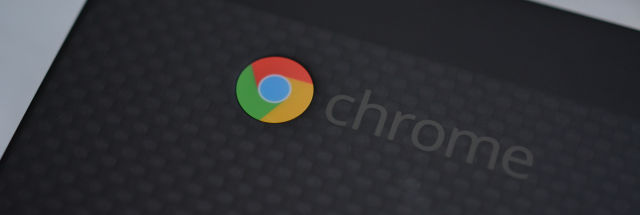The project is called “Lacros” which Google says stands for “Linux And ChRome OS.” This will split ChromeOS’s Linux OS from the Chrome browser, allowing Google to update each one independently.
Previously ChromeOS was using a homemade graphics stack called “Freon,” but now with Wayland, it’ll be on the new and normal desktop Linux graphic stack. Google’s 2016 move to Freon was at a time when it could have moved from X11 (the old, normal desktop Linux graphics stock) directly to Wayland, but it decided to take this custom detour instead. Google says this represents “more Wayland support” because Wayland was previously used for Android and Linux apps, but now it’ll be used for the native Chrome OS graphics, too.



Right, and that’s very easy to set up with the GUI ChromeOS provides.
it may be relatively easy for folk like us, but for the general user I would not consider it so, you also have performance implications as it’s running in a VM. even with venus the overhead will always be there, and you wont be able to rid of it until stuff like virtio-native-context is widespread and common. but even then thats just the gpu side, you still have to worry about i/o and memory stuff.
not a good solution